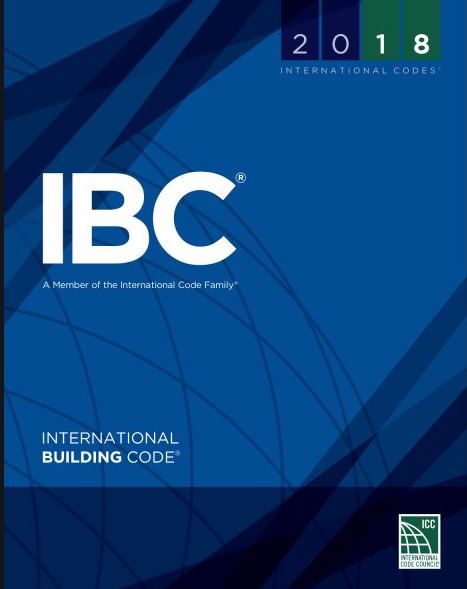More and more states are adopting newer codes- in particular IBC 2018, which references ASCE7-16. An example of this is the 2019 Oregon Structural Specialty Code which went into effect on October 1, 2019 or the 2019 California Building Code which goes into effect on January 1, 2020. The ASCE7 lays out the standards for seismic designs and in the new ASCE7-16 edition, there is a note that is not found in previous editions:
“Where Site Class D is selected as the default Site Class, Fa (site coefficient) shall be taken as 1.2”
This note presents a problem for seismic designs. Previous versions of ASCE7 have allowed for the use of the table values when using the default site class. The table values allow for a reduction in the site coefficient when you are within a certain range of Ss values. Using previous codes as a reference point, this new note requires an increase in seismic forces as follows:
- For Ss between 75 – 100, the increase is 0-10%
- For Ss between 100 – 125, the increase is 10-20%
- For Ss above 125, the increase is 20%
Due to the provisions in the ASCE7 that are mirrored in the RMI code, Site Class D is currently used as the default. Table values that allow for a reduction to the seismic forces are permitted to be used only if you confirm Site Class D using geotechnical data.
One solution is to ask the customer, building engineer, or building department for data specific to the job site. The building drawing will list the site class. Obtaining this information will allow for a more economic design. Furthermore, if site class data is found to be A or B, the seismic forces will actually be reduced from the table values for Site Class D. For example, if it is found that the jobsite is Site Class B the seismic forces can be reduced by 10%.
Another important piece of information is the slab depth and the concrete compressive strength. Usually a customer, building engineer, or building department will have this information handy and can provide it. This information helps greatly with the design of the baseplate and anchorage detail.
